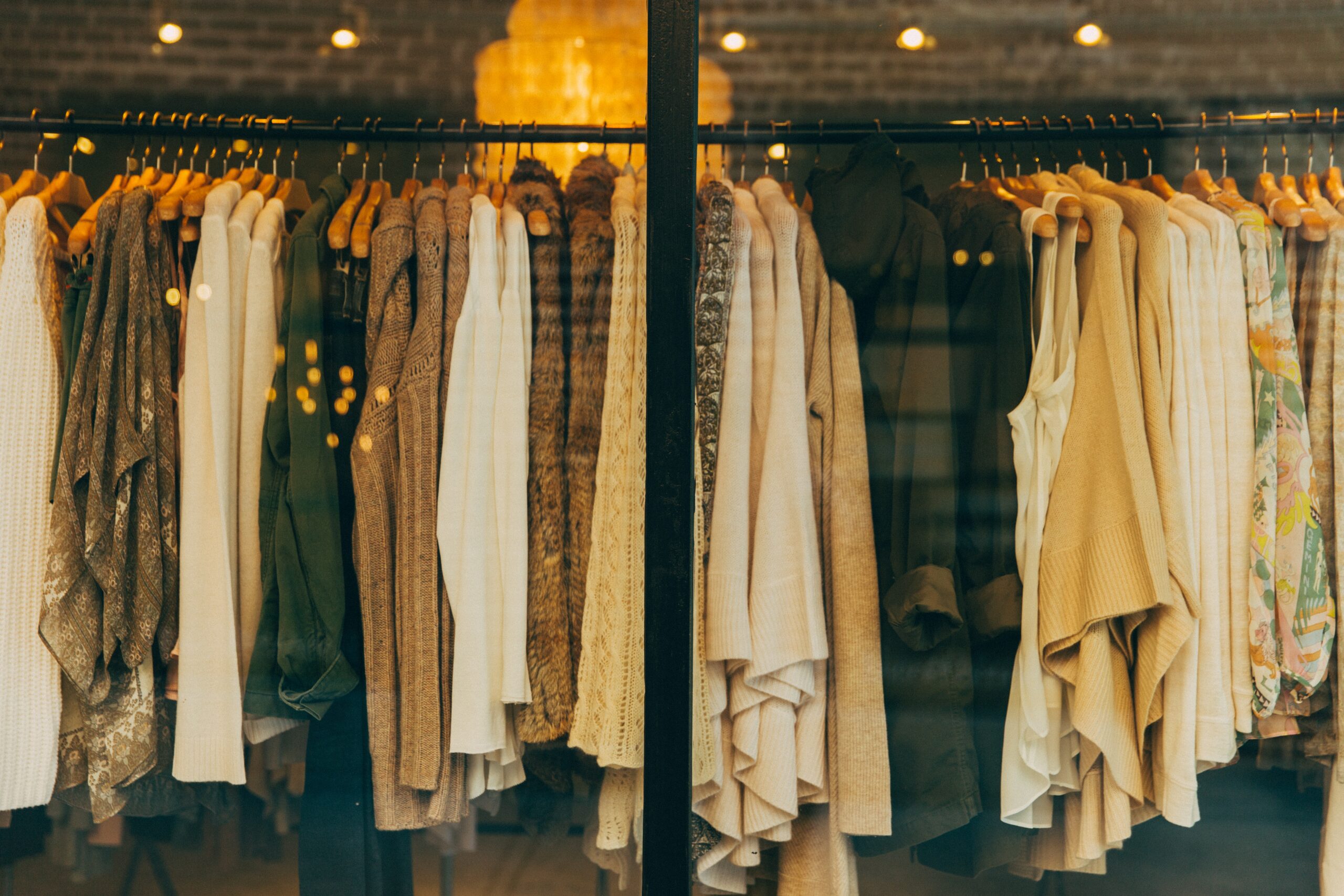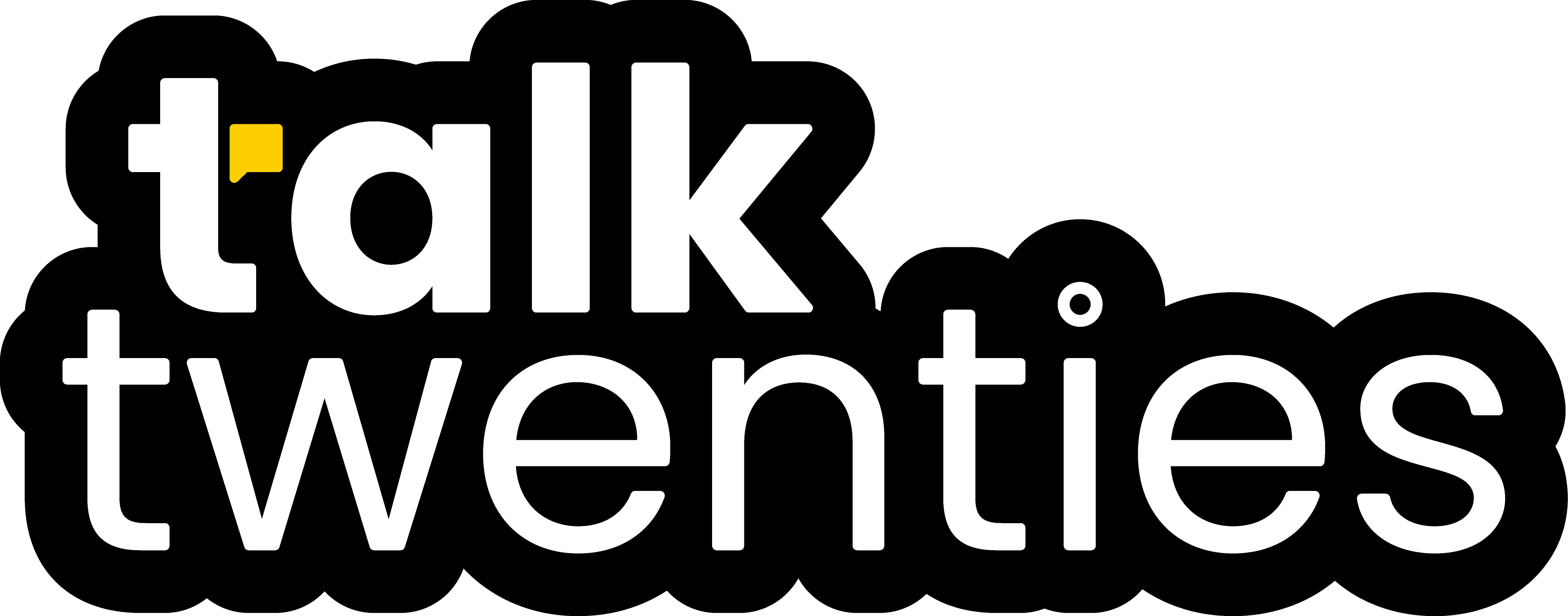
Let’s Talk: Fast Fashion
Is it realistic to lead a truly sustainable lifestyle? How can we as twenty-somethings find the right balance?
Why is Fast Fashion Unsustainable?
Economically:
Fast fashion brands love to make a statement that they are providing jobs in less economically developed countries (LEDC’s) such as India and Bangladesh. When in reality the jobs they do provide are low-paying and high-risk for many of the workers. There are few incentives for job progression as it seems these brands don’t want employees to progress as it would result in more expenses overall.
Socially:
Poor wages also result in a poor quality of life for workers. The number of accidents and injuries reported within textile factories is around 20% (reported being the keyword). This is one example of poor working conditions which brands are aware of but due to various factors such as large supply chains brands have difficulty controlling every factory.
Time must also be invested into investigating these issues which brands don’t seem to have nor the extra cash they believe it would take to rectify these issues. A number of brands have also been caught out plagiarising independent designs for t-shirts etc. without giving appropriate accreditation or royalties to various designers, which at the least is morally distasteful.
Environmentally:
The rise in fast fashion has also led to a rise in the number of clothes thrown away… around 90 million tonnes a year. When you add to the mix excessive water use, chemical pollution, CO2 emissions and textile waste, it is easy to see how fast fashion is seriously harming the environment and cannot be sustained at this level for much longer.
Keep reading to learn more about how Fast Fashion brands work, with helpful tips and techniques to help us along the path to buying more sustainably while on a budget.
Buying into brands
Fast fashion brands are great at Marketing… FACT. The various techniques used by brands both in-store and online are geared towards us purchasing multiple items. Take sales as an example. In stores, sales are always clearly visible either by being positioned at the front of a store or with large signs in windows.
Similarly, online sales are usually the first thing you see on a brand’s website due to an array of visual effects. This technique is a proven way for brands to gain more exposure as marketing campaigns are also tailored around sales and special events to bring traffic to online websites and stores alike. The consumer also perceives gaining value from purchasing from a sale as it creates a sense of achievement that we have saved money. The ‘limited time only’ warnings are also a clever way to encourage us to make a purchase without thinking it through fully, even if we don’t like to admit it, we all get a bit of FOMO!
Online fast fashion brands also have another trick up their sleeve to get us to buy in bulk, and that is everyone’s favourite… free (but not really free) shipping! This is yet again a sneaky marketing trick as the word free means that our brains automatically think we are gaining something extra from the purchase. When all we are doing in reality is buying more than we intended to, to satisfy the minimum amount set out by the brand. Brands are also smart when it comes to creating tools to make your shopping experience ‘fun’ and streamlined, the main example of this is an app. Apps encourage repeat custom, through features such as Wishlist’s which encourage brand loyalty and are also used for market research.
So, it is clear that brands are using specific marketing techniques to encourage us to spend, but what impact does this have on the brain? The recommended video below contains lots of insightful information surrounding how our brains work when it comes to shopping, including how dopamine is released when shopping as your brain is anticipating a reward. Your brain then must weigh up its options between the pleasure of purchasing vs the pain of parting with money. Fast fashion easily tips the scale towards pleasure as the cost is low.
A few tips to help you avoid these industry tactics would be to attempt to replace the pleasure experienced during shopping with other activities you enjoy (and don’t cost as much), for example, making a picnic for you and a friend. ALWAYS shop with a list, it will help you to remain focused and only buy the things you actually need. And finally, Unfollow the brands you don’t want to see! It may seem obvious but no matter how good a brand’s marketing team are they can’t make you see their content, it can also encourage good mental health practices as you are in control of what you see, not what brands think you should see.
Writer Recommends: My Green Closet: Why it’s SO HARD to Stop Buying Fast Fashion | Psychology of shopping
Reduce and Re-Think
Overspending/buying is one of the main problems faced by consumers when purchasing from fast fashion brands as it is firmly fixed into their marketing campaigns (as discussed above). Therefore, it is important to change your mindset when it comes to your buying habits, and one way we can do this is by looking at the quality of the products, over the quantity you can buy. Think to yourself: realistically, how many times are you going to wear an item of clothing? If that number is fewer than 5 you may want to re-think your purchase. The number of times you wear a piece of clothing makes a difference to how you view clothes in general, as it means the pieces you buy are those you genuinely love and will wear over and over again.
A capsule wardrobe is a great example of reducing the number of items you own as well as making the pieces you have work for you for all manner of occasions. Going back to the idea of quality over quantity, having a good quality, staple piece in your wardrobe which compliments many different looks will ensure that you are saving money in the long run while remaining fashionable and creative with your style choices. If you are interested in creating a capsule wardrobe, then the recommended video below gives some great examples of essential pieces and where to purchase them to ensure that your wardrobe stands the test of time.
Being an outfit repeater is usually looked down upon, with no real reason as to why. The more you wear an outfit the more it shows you love the pieces, and that it was worth the money you invested. So next time you repeat an outfit see it as a badge of honour that you chose great pieces which is versatile enough to be worn many times in many different ways. The app 30 wears is a great way you can use technology to help you track the longevity of each item you own, as well as showing which brands/styles are working for you at the moment. This can help you to understand your style better and know which brands to invest in the future.
Some see the term ‘reduce’ and automatically think they need to throw all of their fast fashion items away, which is not the case. Reduce what you are buying to allow yourself time to love and appreciate the items you do own until they have truly worn out. Buying from brands you love, and respect will help you achieve a reduced, but extra-loved wardrobe.
Writer Recommends: bestdressed: the ultimate guide to closet essentials
Overcoming barriers
Deciding to make a change towards a more sustainable wardrobe doesn’t come without its challenges for us 20-somethings. It is easy to feel torn between what is the ‘right’ thing to do and what our bank account will allow us to do, however, it doesn’t have to be an either-or decision. Small changes can make a huge difference to not only the industry’s progress but also to your individual journey as you become more confident and educated about your sustainable fashion choices.
It is more of a mindset change than throwing money at a project. Of course, sustainable fashion is more expensive, as it means it is upholding its values by providing fair wages to employees and great quality pieces to its customers. It may be a longer journey if you are unable to purchase sustainable clothing often. However, as long as you are committed to reducing your spending and making better choices when you can, it is still a positive journey.
Think about which pieces you know you will wear over and over, and don’t let the price put you off. If you commit to buying a dress that, for example, costs £70 but you know you will wear it a minimum of 30 times, then it has really only cost you £2.33. Now, I know this logic doesn’t help with your immediate finances, but it is all about investing for years to come as sustainable fashion stands the test of time, unlike many fast fashion brands. You also don’t have to purchase all of your sustainable fashion items alone. Why not keep a list through the year of pieces you love (don’t be afraid to edit) then when it comes to a birthday or Christmas you know the items still remaining on the list, are well thought out and worth purchasing.
Charity shops are a great solution if cash is low, however, they are not a one-stop shop. Charity shops come in many shapes and sizes and are easily missed on the high street so it’s all about the research!! Which areas do you know have a great collection of charity shops? Why not make a day of it with a friend and travel to one, you may be pleasantly surprised.
The question always comes up… ‘How do I shop sustainably when brands don’t cater for my size’. Now this is true for some but not all charity shops as each has its own unique style and size ranges available so it’s all about the research again. A few sustainable size-inclusive brands which caught our attention are Alternative Apparel and Girlfriend Collective.
Nothing is perfect and the industry still has a way to go with improving these barriers within sustainable fashion for consumers. This is why research is mentioned so frequently, as it is up to us to educate ourselves on what the future of sustainable fashion looks like. If an issue such as limited size ranges is the one thing putting you off from shopping more sustainably, why not see it as an opportunity to inject growth and creativity by starting up your own brand, with values you believe are missing currently in the space? If you have the passion and education, anything is possible.
Writer Recommends: Sarah Hawkinson: Why boycotting fast fashion is a privilege
The new normal
With the sheer amount of information and resources out there, it is easy to become overwhelmed with the expectation of buying sustainable fashion 100% of the time, and to me, this is not only unrealistic but counterproductive and near on impossible to achieve! This is why surrounding yourself with a good group of like-minded people will not only create a positive environment but can also be a supportive network. This can be in the form of sharing knowledge or even swapping clothing, which solves the problem if you can’t afford to buy a sustainable item. The best thing about supporting one another is that there is no cost associated and so many benefits to gain for you and others!
The temptation is (and probably always will be) there to click on an app and be instantly greeted by eye-catching popups and fancy graphics, which is why ‘out of sight out of mind’ can definitely be used in this case. Commit to deleting apps (and do not be tempted to re-download) that you no longer want to see and invest in ones which complement your mindset instead.
There are a number of apps designed to help those looking for sustainable fashion items while also on a budget. Depop, Good on You, Vinted and renting clothes apps (please note: this option usually includes a subscription service with a monthly fee included) are all good examples. Depop isn’t without its drawbacks, is not a one-stop shop and you can be stung by scammers. This is why it is recommended to thoroughly research any app before taking the plunge and spending your coin on them. However, don’t stress if an item arrives and it doesn’t fit, as it is harder to return items on some of these sites than on fast fashion websites. But don’t let that become a barrier, get creative and change up the garment to what you envisioned, maybe watch a YouTube video and learn to sow.
Education does take time, so don’t worry if you slip back into old habits, talk it out with your friends you never know they may be experiencing the same worries as you, the support is always there if you know where to look. Remembering the reasons why you started a journey is a good way to stop you from feeling stuck in a rut or lost. It will help you re-focus on what is important to you and if your mindset has not changed then it should give you the motivation and confidence you need to continue being yourself and living your best life!
Writer Recommends: More Hannah: Sustainable Fashion 🌻 A Beginner’s Guide 🌻



